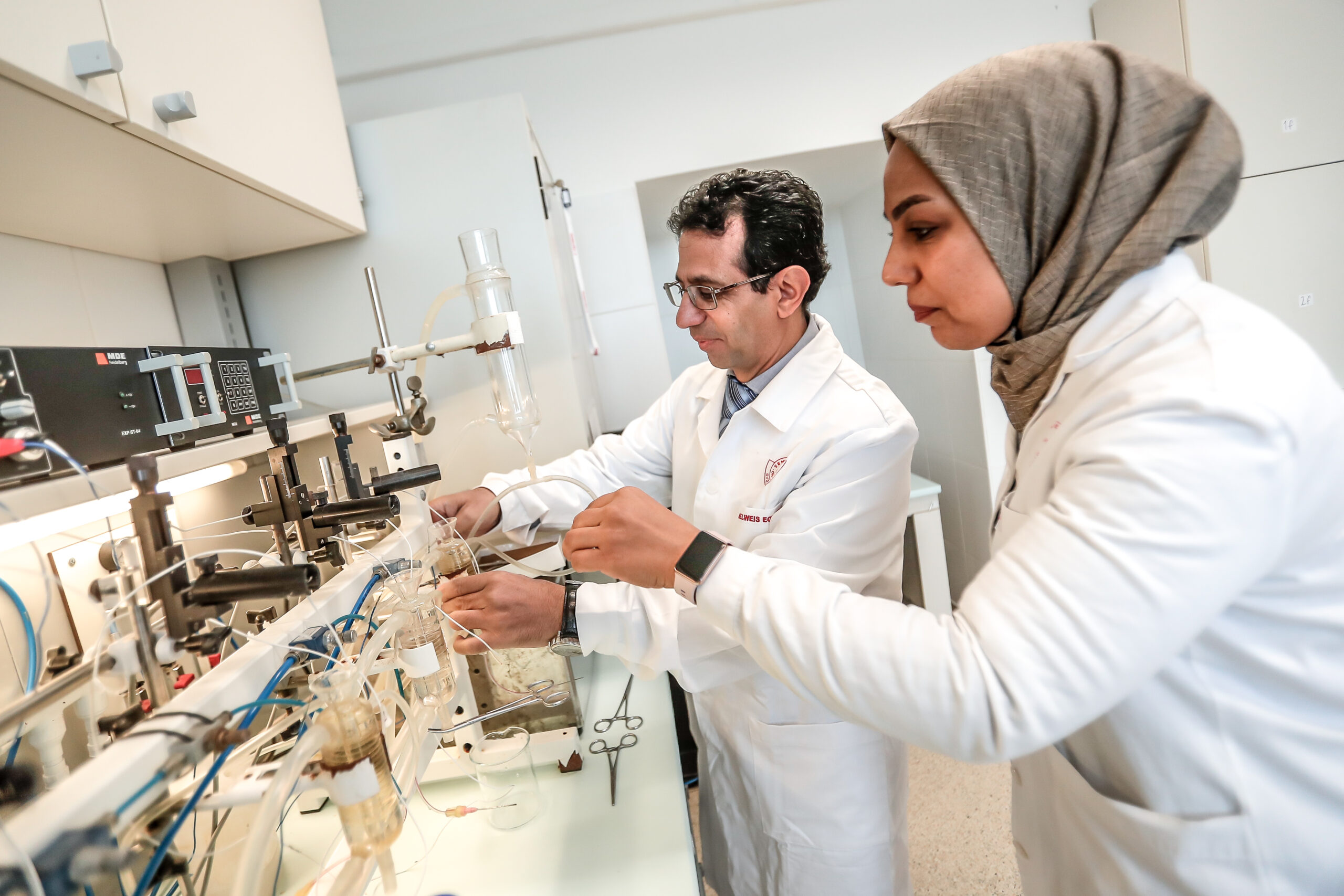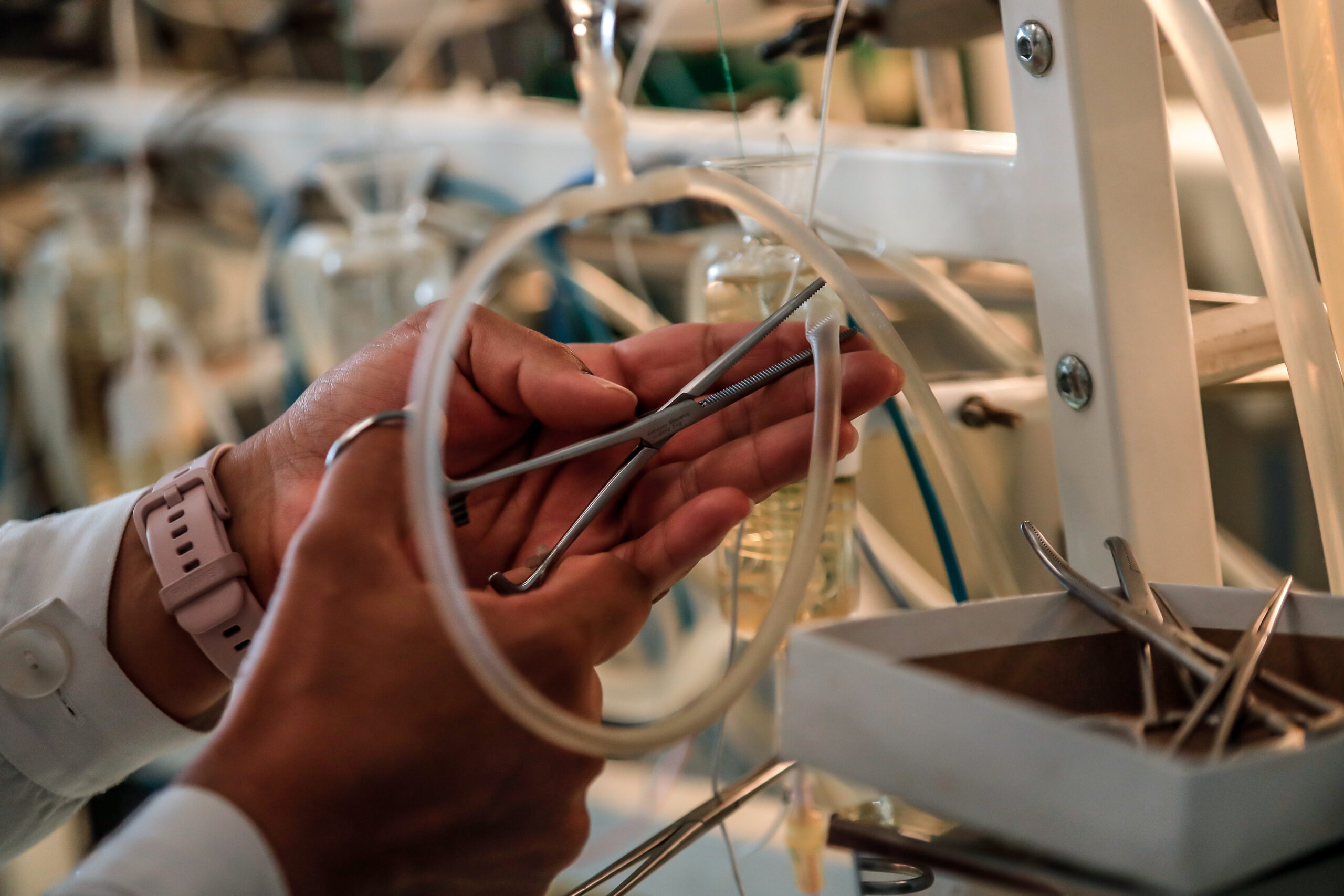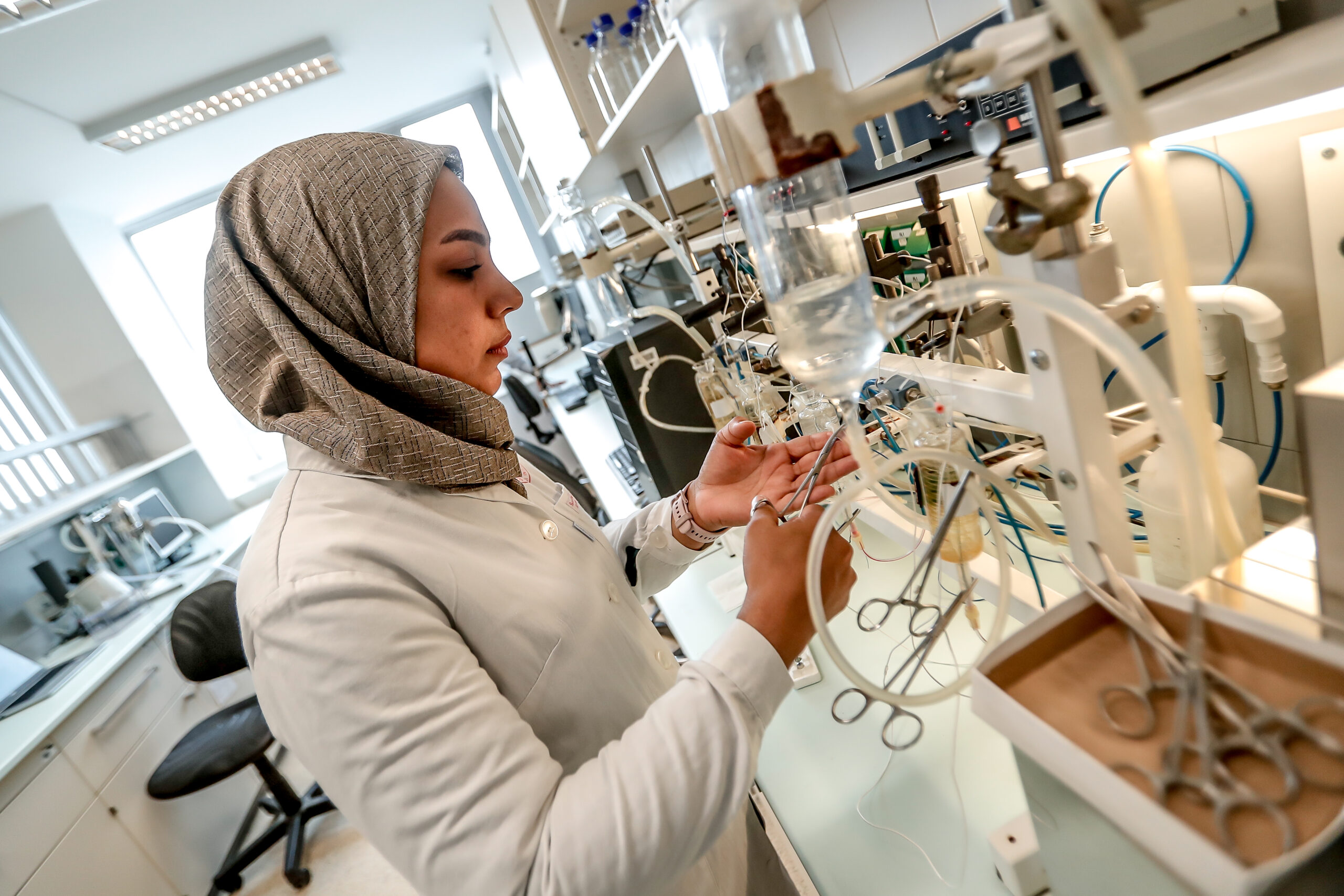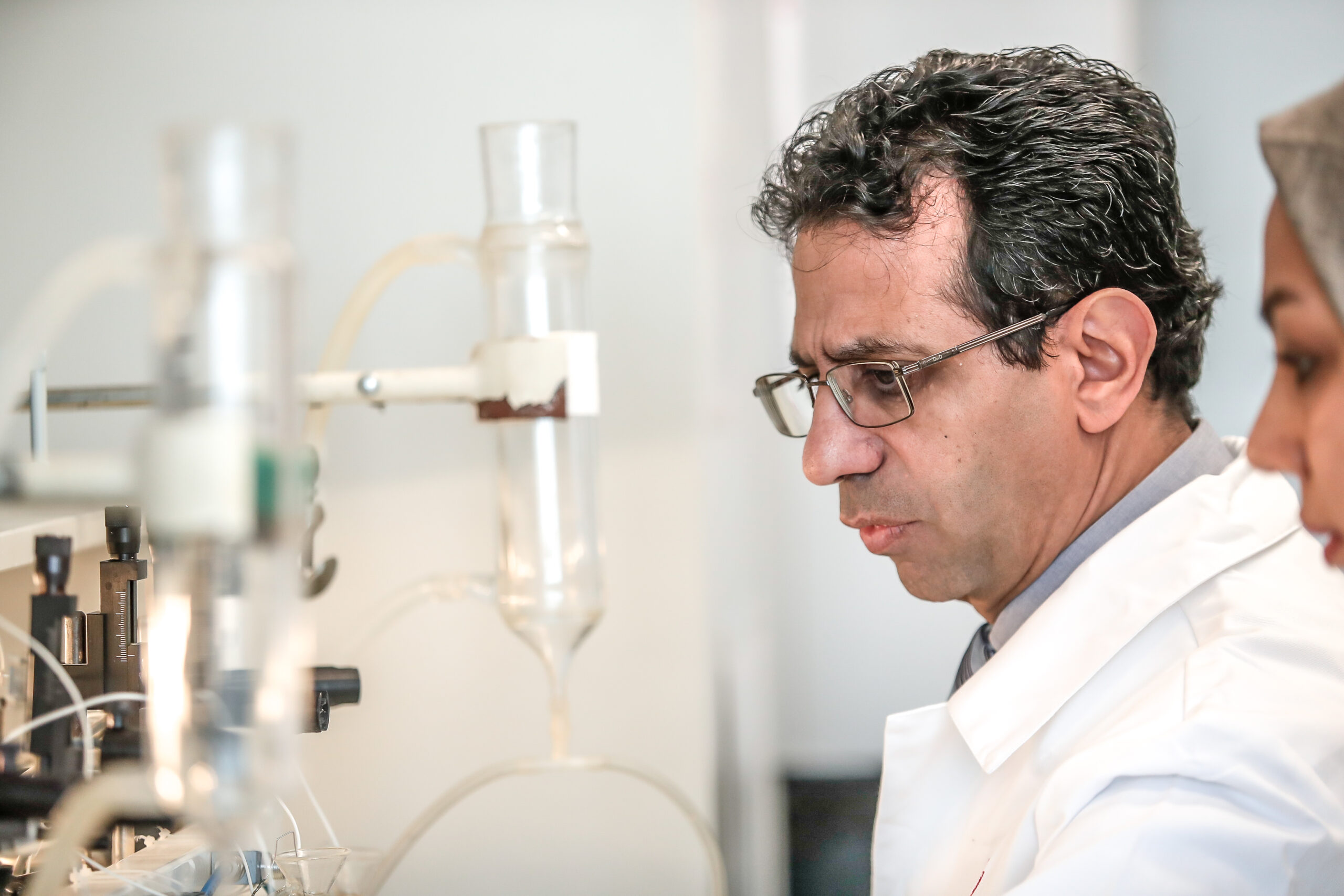| Grant: | OTKA-FK_ZF_2021 |
| Amount of support: | 39.942.000 HUF |
| Duration: | 2021. 09. 01. – 2026. 04. 30. |
| Principal investigator: | Ferenc Zádor, MD, PhD |
Summary
Glycine transporters (GlyTs) 1 and 2 are involved in the regulation of synaptic glycine levels and are implicated in nociception; however, their role in the development of opioid analgesic tolerance remains unexplored. The project aims to investigate the molecular mechanisms of GlyTs regarding morphine analgesic tolerance upon chronic treatment with morphine in rats. To this end, the following experiments will be carried out: measuring the effects of morphine per se or in combination with GlyT inhibitors on the development of morphine tolerance and the function of mu opioid receptors, a key player in opioid analgesic tolerance; and deciphering the role of N-methyl-D-aspartate receptors and PKCgamma, which negatively influence MOR function at the level of the spinal dorsal horn, an area crucial for understanding opioid analgesic tolerance. By elucidating the glycinergic system’s status and the mediating roles of NMDAR and PKCgamma, this project can fill a significant gap in our understanding of opioid tolerance.
Participating leading researchers, collaboration partners, universities, companies
Ferenc Zádor serves as the principal investigator for the proposed project, bringing extensive experience in opioid receptor pharmacology. He is supported by senior researchers, including Mahmoud Al-Khrasani (head of the research group) and Kornél Király, both experts in opioid analgesic tolerance and pharmacological experiments. László G. Hársing contributes knowledge of glycine transporters (GlyTs) and their inhibitors. Collaborators include Tamás Tábi (head of the Department of Pharmacodynamics, Semmelweis University), Sándor Benyhe (head of the Laboratory of Opioid Research, Biological Research Centre, Szeged, Hungary), and Zita Puskar and Mark Kozsurek from the Janos Szentagothai Laboratory, Semmelweis University.
Applied methods and tools
The rat tail-flick pain model assay, rat rotarod, unrestrained whole-body plethysmography, ADP-GloTM luminescent kinase assay system (PKCγ Kinase Enzyme System), Western blot, Capillary electrophoresis-laser induced fluorescence, immunohistochemistry, receptor binding experiments, and whole-cell patch clamp system.
Pictures
Mission and benefits
The main goal of this project is to identify targets for developing new drugs that could act as additional therapies to reduce the development of opioid analgesic tolerance. Opioid analgesic tolerance presents a significant challenge in clinical practice, as opioids can lose their effectiveness over time. This often leads to the necessity of increasing doses to achieve sufficient pain relief, which can worsen the intolerable side effects associated with these medications. Our research strategy is closely aligned with the university’s commitment to alleviating pain for patients. Additionally, by addressing this issue, our work can help to lessen the social burden associated with opioid use.



